Home>Garden Essentials>How To Plant Honeysuckle Seeds
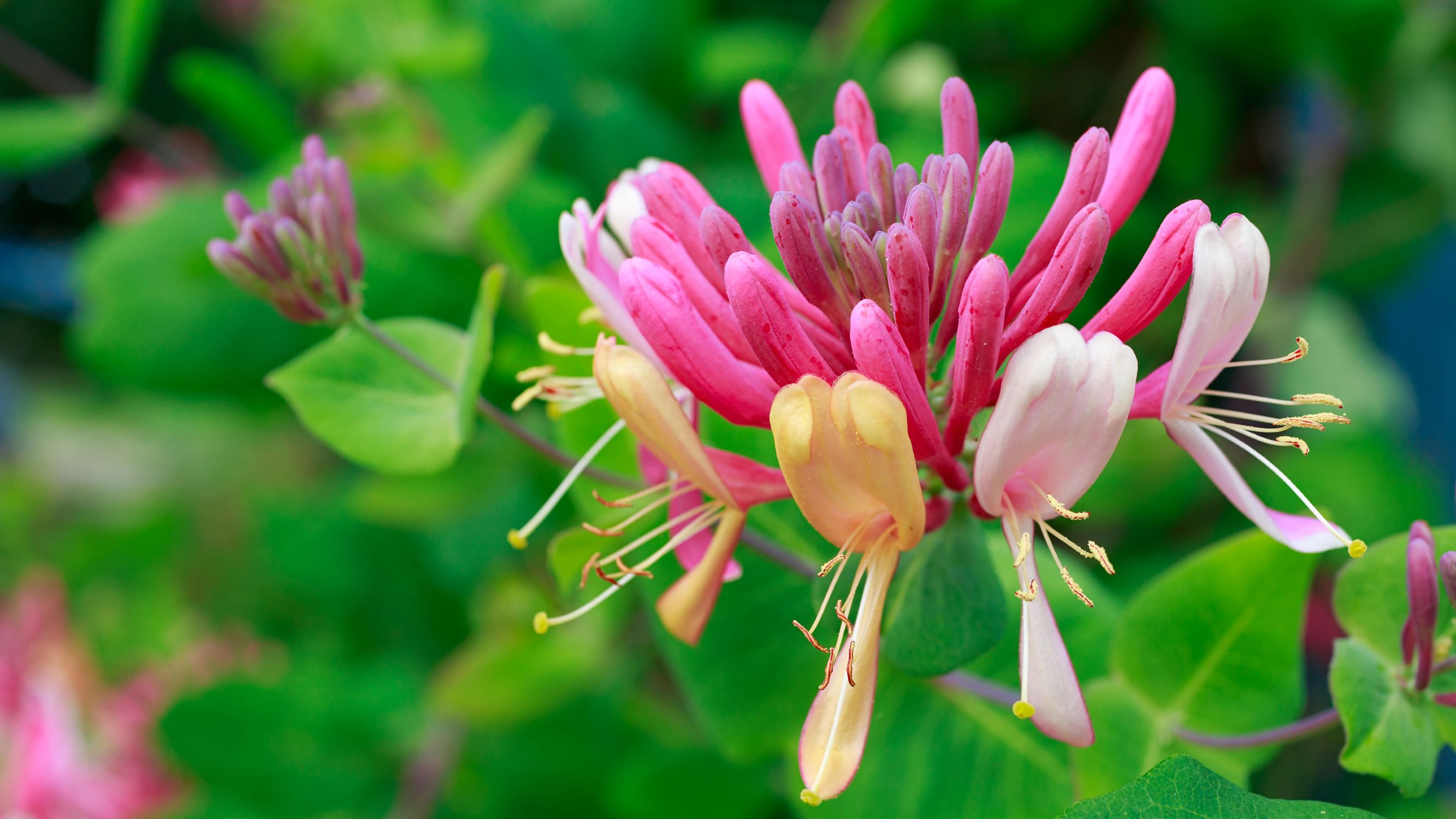

Garden Essentials
How To Plant Honeysuckle Seeds
Modified: March 16, 2024
Learn how to plant honeysuckle seeds in your garden and enjoy the beautiful blooms. Follow our step-by-step guide for a successful gardening experience.
(Many of the links in this article redirect to a specific reviewed product. Your purchase of these products through affiliate links helps to generate commission for Storables.com, at no extra cost. Learn more)
Introduction
Welcome to the fascinating world of honeysuckle plants! If you’re an avid gardener or someone who appreciates the beauty of blooming vines, planting honeysuckle seeds is an excellent way to create a vibrant and fragrant garden. Honeysuckle, known for its sweet-scented flowers and attractive foliage, can add a touch of charm to any outdoor space.
In this article, we’ll guide you through the process of planting honeysuckle seeds, from selecting the right seeds to caring for the newly planted vines. Whether you’re a seasoned gardener or just starting your journey, this comprehensive guide will provide you with the necessary knowledge to successfully nurture your honeysuckle plants.
Before we dive into the details, let’s take a moment to appreciate the essence of honeysuckle. These enchanting climbers come in a variety of species and colors, each with its unique characteristics and benefits. From the classic and fragrant Japanese honeysuckle (Lonicera japonica) to the vibrant and showy trumpet honeysuckle (Lonicera sempervirens), there is a honeysuckle variety to suit every garden’s style and climate.
Aside from their aesthetic qualities, honeysuckle plants are also beneficial to pollinators like bees and butterflies, making your garden a haven for these essential creatures. Moreover, the sweet nectar produced by honeysuckle flowers can be a tasty treat for hummingbirds and even humans, with some species being edible and used in herbal remedies.
So, whether you want to create a colorful garden display, attract pollinators, or indulge in the sweet nectar of honeysuckle, planting honeysuckle seeds is the perfect way to kickstart your gardening adventure. Let’s get started on this journey to create a flourishing and fragrant honeysuckle paradise!
Key Takeaways:
- Choose the right honeysuckle seeds based on your climate and garden goals. Prepare the planting area with good soil, sunlight, and support for the vines to thrive.
- After planting, care for your honeysuckle by watering, fertilizing, pruning, and monitoring for pests and diseases. Troubleshoot common issues to ensure healthy and vibrant honeysuckle plants in your garden.
Read more: How To Germinate A Plant
Choosing the Right Honeysuckle Seeds
When it comes to selecting honeysuckle seeds, there are a few factors to consider to ensure you have the best chance of success. These factors include the specific species of honeysuckle, the climate and growing conditions of your area, and the intended purpose of the plant. Let’s explore each of these considerations in more detail.
1. Species of Honeysuckle: Honeysuckle plants belong to the Lonicera genus and encompass a wide range of species. Each species has its unique characteristics, including flower color, fragrance, and growth habits. Some popular choices include Japanese honeysuckle (Lonicera japonica), trumpet honeysuckle (Lonicera sempervirens), and goldflame honeysuckle (Lonicera x heckrottii). Research different species to find the one that aligns with your preferences.
2. Climate and Growing Conditions: Honeysuckle varieties have different preferences for sunlight, temperature, and soil conditions. Ensure that the species you choose is suitable for your specific climate and growing conditions. Some species thrive in full sunlight, while others prefer partial shade. Similarly, certain honeysuckle species are more tolerant of cold weather, while others flourish in warmer climates.
3. Purpose of the Plant: Consider the purpose you have in mind for the honeysuckle plant. Do you want it primarily for its ornamental value, to attract pollinators, or for its edible flowers? This will help you decide on the specific species that aligns with your intentions.
Once you have considered these factors, it’s time to source your honeysuckle seeds. You can find a variety of honeysuckle seeds at local nurseries, garden centers, or online seed suppliers. Pay attention to the quality of the seeds and choose reputable suppliers to increase your chances of success.
Now that you have your honeysuckle seeds ready, it’s time to prepare the planting area and create the perfect conditions for germination and growth.
Preparing the Planting Area
The success of your honeysuckle seeds largely depends on the environment you create for them. Taking the time to prepare the planting area properly will provide the seeds with the best conditions for germination and growth. Here are some steps to follow:
- Choose the Right Location: Honeysuckle plants thrive in well-drained soil and prefer full sun to partial shade. Select a location in your garden that receives at least six hours of direct sunlight per day. Ensure the soil is loose, fertile, and has good drainage.
- Clear the Area: Remove any weeds, rocks, or debris from the planting area. This will prevent competition for nutrients and reduce the risk of disease or pest infestations. Clearing the area will also make it easier for the honeysuckle vines to establish themselves.
- Improve the Soil: Honeysuckle plants prefer a slightly acidic to neutral soil pH, ideally between 6.0 and 7.0. If your soil is too acidic or alkaline, you can amend it by adding organic matter, such as compost or well-rotted manure. Mix the organic matter into the top layer of soil to improve its fertility and drainage.
- Provide Structural Support: Honeysuckle vines are climbers that require vertical support as they grow. Install a trellis, fence, or pergola in the planting area to provide a sturdy structure for the vines to cling to. Make sure the support is secure and tall enough to accommodate the mature height of the honeysuckle variety you have chosen.
- Water the Area: Before planting the honeysuckle seeds, thoroughly water the planting area. This will help settle the soil and ensure that the seeds have enough moisture to start germinating. Avoid overwatering, as excessive moisture can lead to rot or other fungal issues.
By following these steps, you’ll create an optimal environment for your honeysuckle seeds to take root and flourish. Now, it’s time to move on to the process of germinating the seeds in preparation for planting.
Germinating the Honeysuckle Seeds
Once you have prepared the planting area, it’s time to start the germination process for your honeysuckle seeds. Germination is the crucial stage where the seeds begin to sprout and develop into seedlings. Follow these steps to ensure successful germination:
- Scarification: Some honeysuckle species have hard seed coats that can inhibit germination. To improve germination rates, you can scarify the seeds. This involves gently rubbing the seeds with sandpaper or nicking the seed coat with a small knife. This process helps to break the seed coat and allow water to penetrate, promoting germination.
- Stratification: Many honeysuckle seeds require a period of cold stratification to break dormancy and prepare for germination. You can simulate this natural process by refrigerating the seeds for 4-8 weeks. Place the scarified seeds in a damp paper towel or a sealed plastic bag with moist vermiculite or peat moss. Keep them in the refrigerator, maintaining a temperature between 35-40°F (2-4°C).
- Monitoring: During the stratification period, periodically check the seeds for moisture levels. Ensure the paper towel or medium remains slightly damp but not overly wet. If any seeds show signs of mold or deterioration, remove them to prevent them from affecting the healthy seeds.
- Seedling Containers: After the stratification period, it’s time to sow the seeds. Prepare seedling containers with well-draining soil mix. You can use small pots or seed trays filled with a mixture of compost and perlite or vermiculite.
- Planting: Plant each stratified seed at a depth of about ¼ inch in the prepared containers. Gently cover the seeds with soil and lightly press down to ensure good seed-to-soil contact.
- Germination Conditions: Place the seedling containers in a warm and bright location, such as a sunny windowsill or a greenhouse. Maintain a consistent temperature between 65-75°F (18-24°C). Keep the soil moist but not waterlogged, misting the top layer lightly to avoid disturbing the seeds.
- Germination Period: Honeysuckle seeds typically take around 2-4 weeks to germinate. However, germination time can vary depending on the species and growing conditions. Be patient and continue to provide the necessary care and conditions for the seeds to sprout.
As the honeysuckle seeds germinate and grow into seedlings, it’s crucial to provide them with proper care and attention. In the next section, we’ll discuss the process of planting the germinated seeds in the outdoor garden.
Plant honeysuckle seeds in well-draining soil in a sunny spot. Sow the seeds in the spring or fall, covering them lightly with soil. Keep the soil moist and wait for the seeds to germinate in 2-3 weeks.
Planting the Honeysuckle Seeds
Once your honeysuckle seeds have germinated and developed into healthy seedlings, it’s time to transplant them into the outdoor garden. Follow these steps to ensure a successful planting process:
- Choose the Planting Location: Select a suitable location in your garden that meets the sunlight and soil requirements for the specific honeysuckle species you are planting. Ensure there is enough space for the vines to grow and climb.
- Prepare the Soil: Dig a hole in the planting area that is slightly larger than the root ball of the seedling. Loosen the soil and remove any weeds or debris. Consider adding organic matter, such as compost or well-rotted manure, to enrich the soil.
- Transplant the Seedlings: Carefully remove the seedlings from their containers, taking care not to damage the delicate roots. Gently place each seedling into the prepared hole and backfill with soil, ensuring the seedling is planted at the same depth it was growing in the container.
- Water Thoroughly: After planting, water the seedlings thoroughly to settle the soil and provide essential moisture. Ensure the soil around the seedlings is moist but not waterlogged.
- Provide Support: Install a trellis, fence, or other types of support near the newly planted seedlings to provide them with a structure to climb as they grow. Secure the support firmly in the ground.
- Mulching: Apply a layer of mulch around the base of the seedlings to help retain soil moisture, suppress weed growth, and maintain a stable soil temperature. Use organic mulch, such as wood chips or straw, and spread it evenly in a 2-3 inch layer.
- Watering and Care: Keep the newly planted honeysuckle seedlings well-watered during their establishment period. Water deeply and regularly, ensuring the soil remains consistently moist. As the seedlings grow, continue to provide support, and consider pruning to shape the vines and promote healthy growth.
- Monitor and Protect: Regularly monitor the seedlings for any signs of pests, diseases, or nutrient deficiencies. Promptly address any issues to protect the health of your honeysuckle plants. Additionally, provide protection from extreme weather conditions, such as strong winds or frost, if necessary.
By following these planting guidelines, your honeysuckle seedlings will have a solid foundation from which to grow and thrive. With proper care and maintenance, you can look forward to the beauty and fragrance of mature honeysuckle vines in your garden.
Read more: How To Plant Seed
Caring for the Newly Planted Honeysuckle
After you have planted your honeysuckle seedlings, it’s important to provide them with proper care to ensure their healthy growth and establishment in your garden. Follow these tips for caring for your newly planted honeysuckle:
- Watering: Water your honeysuckle plants regularly, especially during the first growing season. Keep the soil consistently moist but not waterlogged. Depending on the weather and soil conditions, you may need to water deeply once or twice a week.
- Fertilizing: Honeysuckle plants benefit from regular fertilization to promote vigorous growth and blooming. Apply a balanced fertilizer specifically formulated for flowering vines, following the instructions on the packaging. Apply the fertilizer in early spring and again in late summer to provide essential nutrients.
- Pruning: Pruning is an essential part of honeysuckle care. Prune your honeysuckle plants to shape them, remove dead or damaged wood, and encourage better airflow. Pruning can be done in late winter or early spring before new growth begins. Trim the vines to control their spread and cut back any unruly or tangled growth.
- Support: As your honeysuckle vines grow, ensure they have adequate support to climb and thrive. Regularly check and secure any trellises, fences, or other structures you have provided for the vines. Train the vines to grow along the support system to encourage upward growth.
- Weeding: Regularly remove any weeds or grass that may compete with your honeysuckle plants for nutrients and moisture. Take care when weeding to avoid damaging the shallow roots of the plants.
- Monitoring for Pests and Diseases: Keep an eye out for common pests that may affect honeysuckle, such as aphids, scale insects, and spider mites. Promptly address any pest infestations with organic insecticidal soaps or horticultural oils. Also, monitor your plants for signs of diseases, such as powdery mildew or leaf spots, and take appropriate action to prevent their spread.
- Supporting Climbing: As your honeysuckle plants grow, gently guide the vines onto the support structure, especially during the early stages. This will encourage the vines to climb and establish a robust framework.
- Winter Protection: In colder regions, provide winter protection for your honeysuckle plants. Apply a layer of mulch around the base of the plants to help insulate the roots. You may also consider covering the plants with burlap or a frost blanket during extremely low temperatures.
With proper care and attention, your newly planted honeysuckle will thrive and reward you with its stunning blooms and captivating fragrance. Regular maintenance and monitoring will ensure the continued health and beauty of your honeysuckle plants.
Troubleshooting Common Issues
Even with the best care, honeysuckle plants may encounter some common issues. Being aware of these potential problems and knowing how to address them will help keep your honeysuckle plants healthy and thriving. Here are some common issues and their solutions:
- Pests: Honeysuckle plants can be susceptible to pests such as aphids, scale insects, spider mites, and caterpillars. Regularly inspect your plants for signs of infestation, such as yellowing leaves, distorted growth, or visible insects. Use organic insecticidal soaps or horticultural oils to control these pests, applying them according to the product instructions.
- Diseases: Common diseases that can affect honeysuckle plants include powdery mildew, leaf spots, and root rot. Ensure good air circulation around the plants by pruning and thinning them as needed. If diseases are persistent, apply a fungicidal spray specifically formulated for the identified disease, following the instructions carefully.
- Improper Blooming: If your honeysuckle plant fails to bloom, it may be due to improper care or environmental factors. Ensure that your plants are receiving adequate sunlight, water, and nutrients. Avoid overfertilizing with nitrogen-rich fertilizers, as this can encourage excessive leaf growth at the expense of flowers. Prune the plants to promote better air circulation and encourage blooming.
- Drought Stress: Honeysuckle plants can suffer from drought stress if not provided with sufficient water. During periods of prolonged dryness, water deeply and ensure the soil remains consistently moist. Applying a layer of mulch around the base of the plants will help retain moisture and protect the roots from extreme temperatures.
- Overcrowding: Honeysuckle plants can become overcrowded and tangled if not properly maintained. Regularly prune and thin out the vines to ensure adequate airflow and prevent the plants from competing for resources. Remove any dead or unhealthy growth to promote overall plant health.
- Pruning Mistakes: Improper pruning techniques can harm honeysuckle plants and affect their growth and blooming. Avoid excessive pruning and remove no more than one-third of the plant during each session. Prune in late winter or early spring before new growth begins. Use clean and sharp pruning tools to make clean cuts, and avoid cutting into the main stems.
By staying vigilant and addressing these common issues promptly, you can ensure the continued health and vitality of your honeysuckle plants. Regular maintenance, proper care, and timely interventions will help your honeysuckle plants thrive and bring beauty to your garden for years to come.
Conclusion
Congratulations on your journey into the world of planting honeysuckle seeds! By following the steps outlined in this guide, you now have the knowledge and tools to successfully grow and care for honeysuckle plants in your garden.
From choosing the right honeysuckle seeds to preparing the planting area, germinating the seeds, and finally planting them in the garden, each step is crucial for the healthy establishment of your honeysuckle vines. Remember to provide proper care, including watering, fertilizing, pruning, and monitoring for pests and diseases.
Honeysuckle plants have the power to transform your garden into a vibrant and fragrant oasis. The sight of their colorful blossoms and the sweet scent that fills the air will surely bring joy and beauty to your outdoor space.
Whether you’re planting honeysuckle for its ornamental value, to attract pollinators, or to enjoy the edible flowers, your efforts will be rewarded. Take the time to appreciate the delicate beauty of the blooms, the lively hum of bees and butterflies, and perhaps even indulge in the sweet nectar yourself.
Remember to troubleshoot common issues that may arise, such as pests, diseases, or improper blooming, and take appropriate measures to address them. With a little patience, care, and attention, your honeysuckle plants will flourish and become a cherished part of your garden.
So go ahead, embrace the charm of honeysuckle and let your garden be transformed by its beauty. Start planting your honeysuckle seeds, watch them grow, and create a haven filled with the sights, scents, and sounds of nature. Happy gardening!
Frequently Asked Questions about How To Plant Honeysuckle Seeds
Was this page helpful?
At Storables.com, we guarantee accurate and reliable information. Our content, validated by Expert Board Contributors, is crafted following stringent Editorial Policies. We're committed to providing you with well-researched, expert-backed insights for all your informational needs.
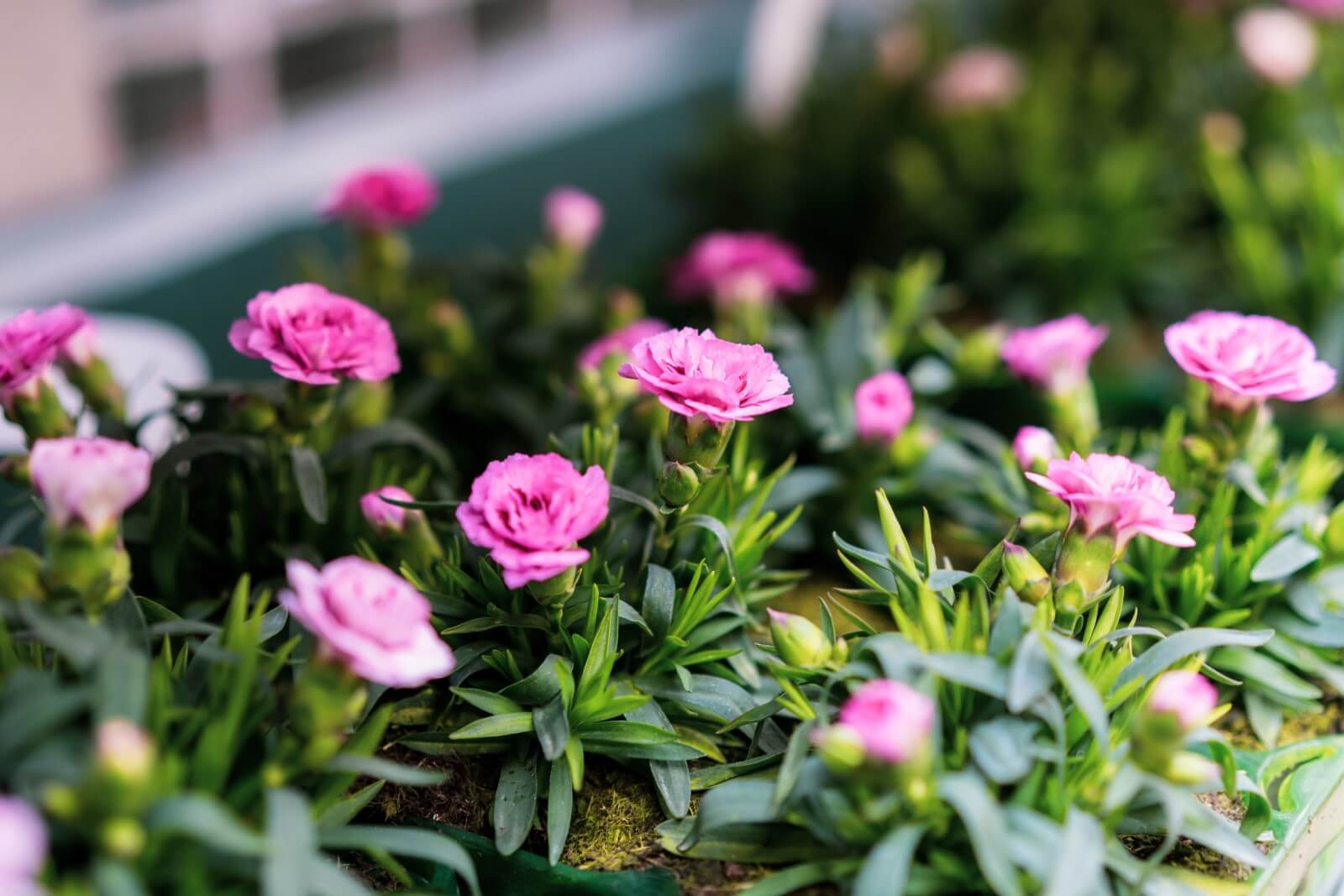
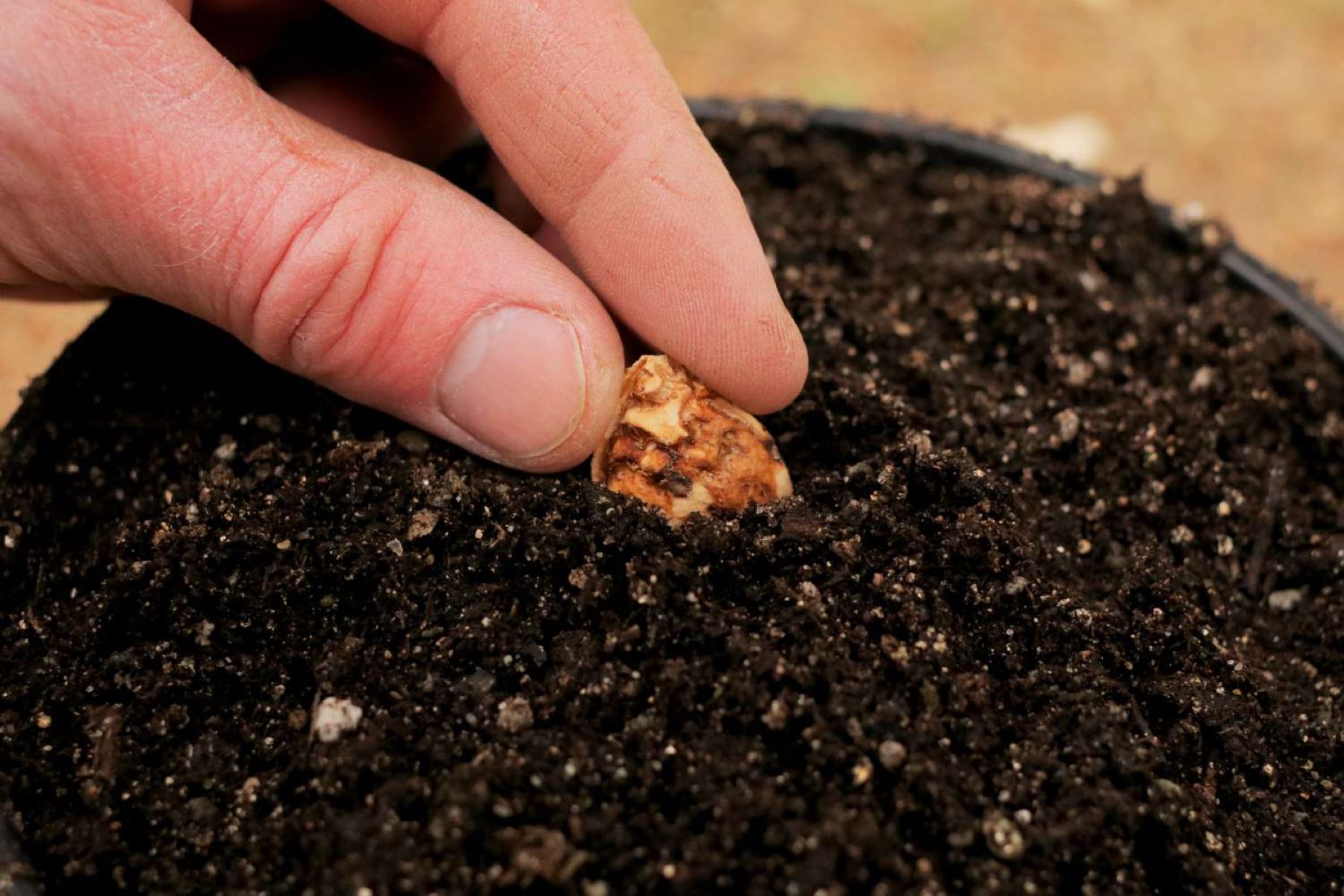
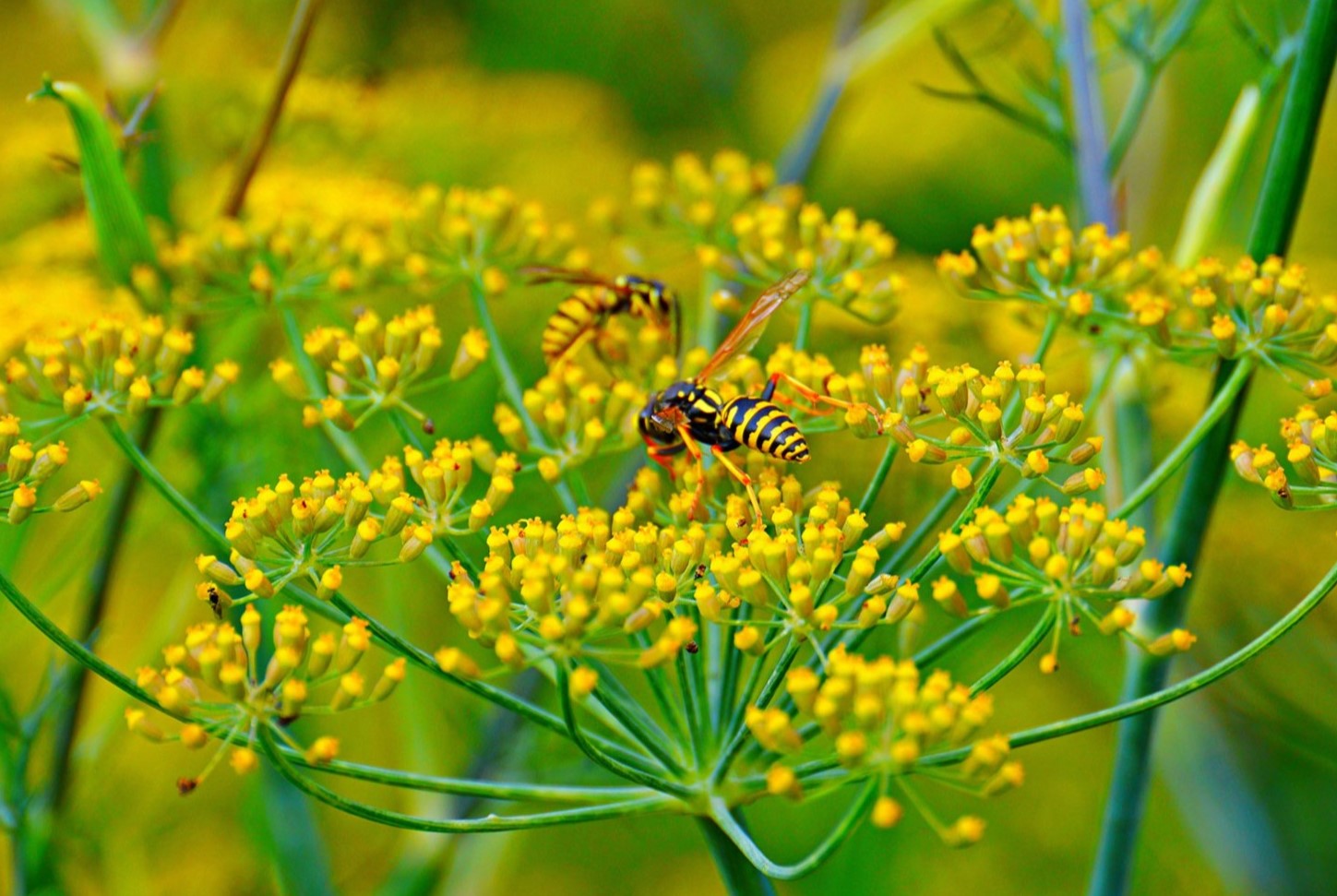
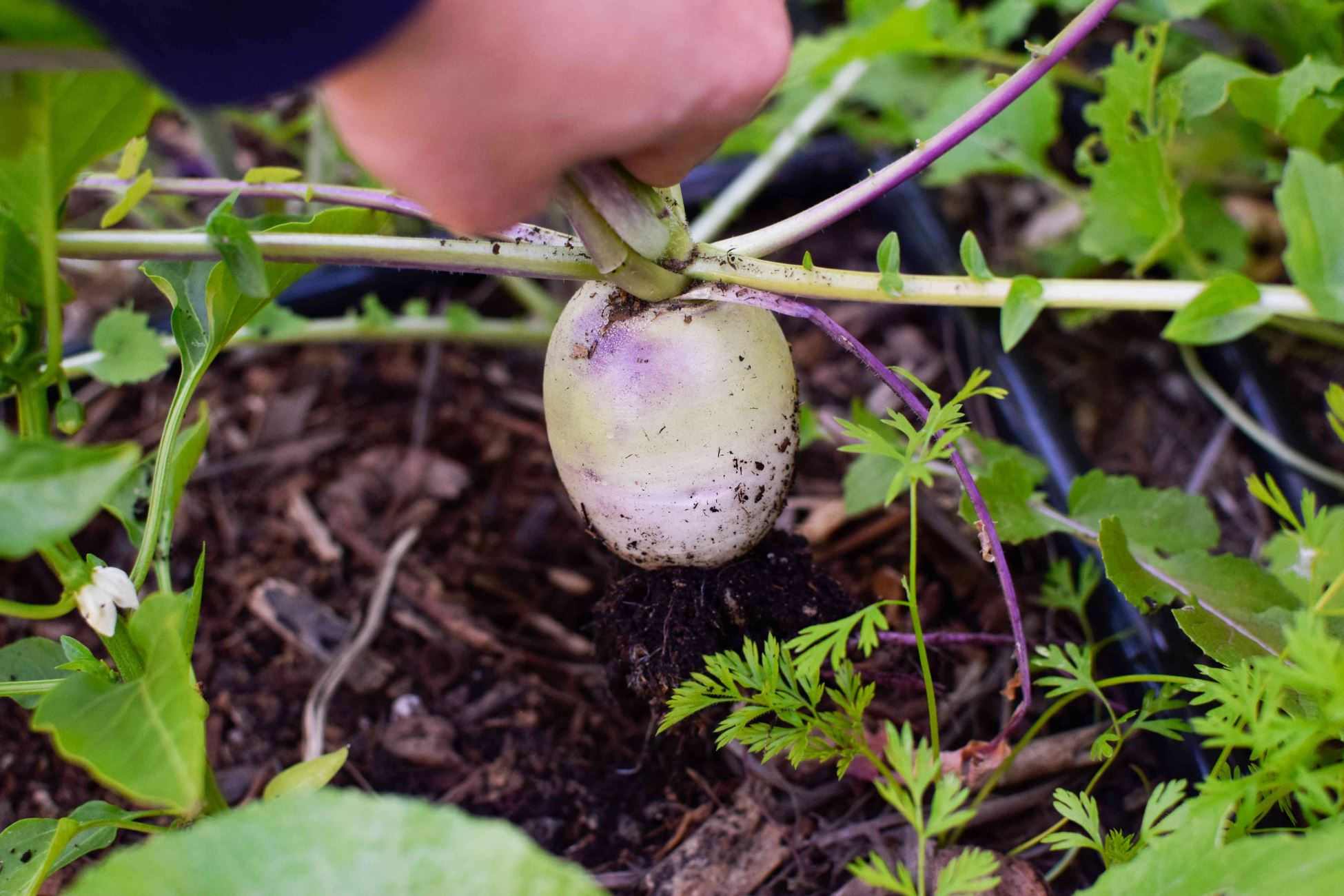
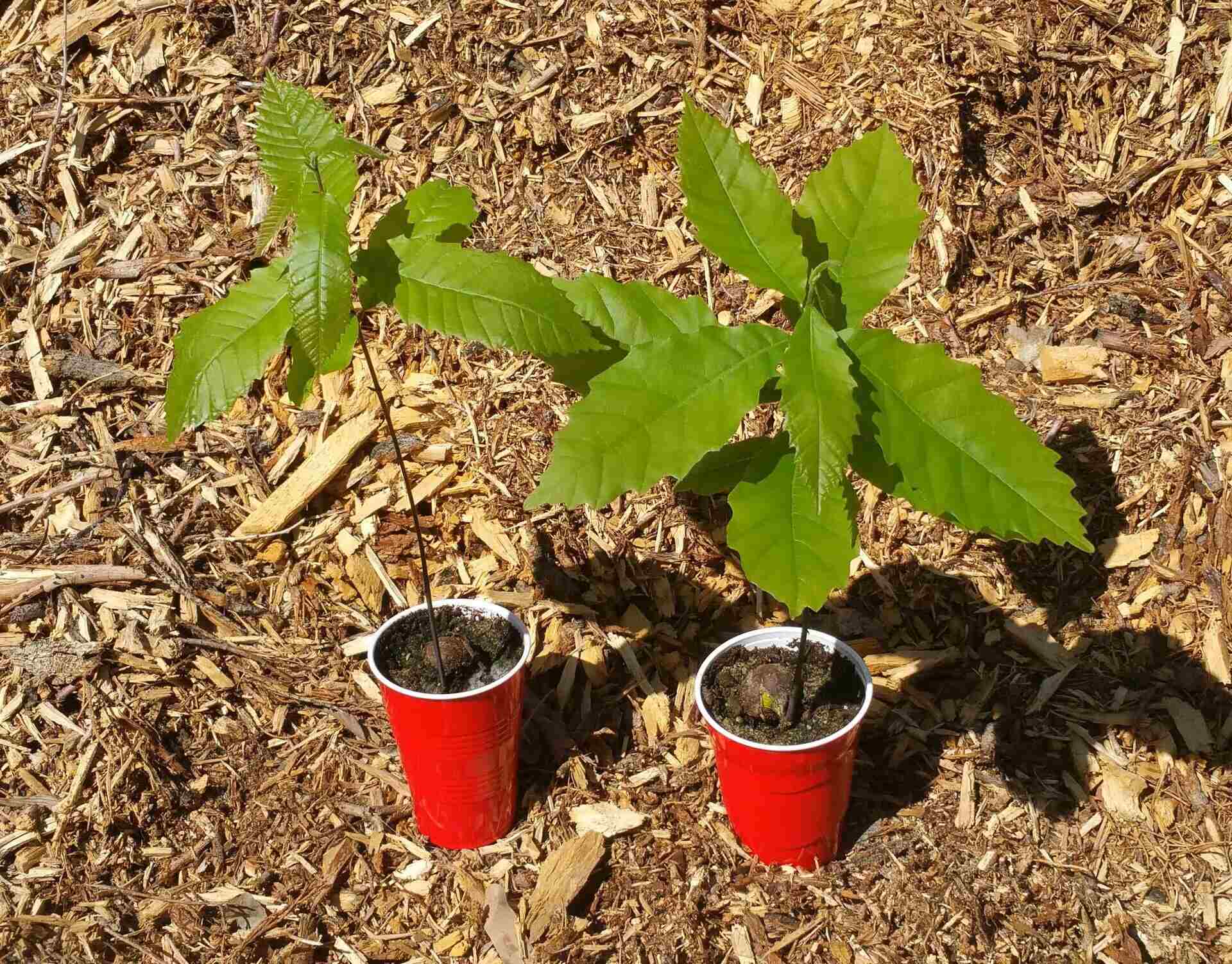
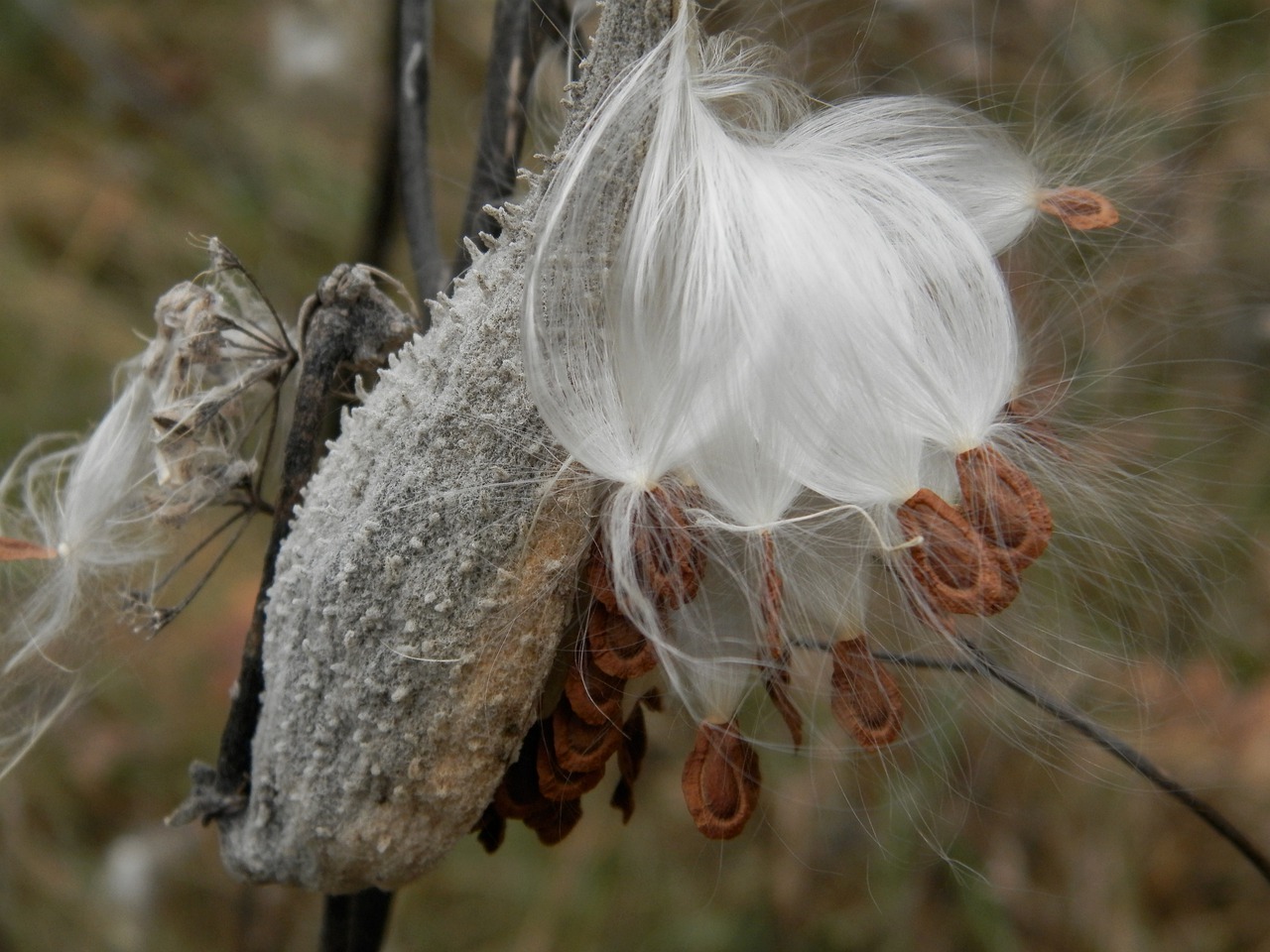
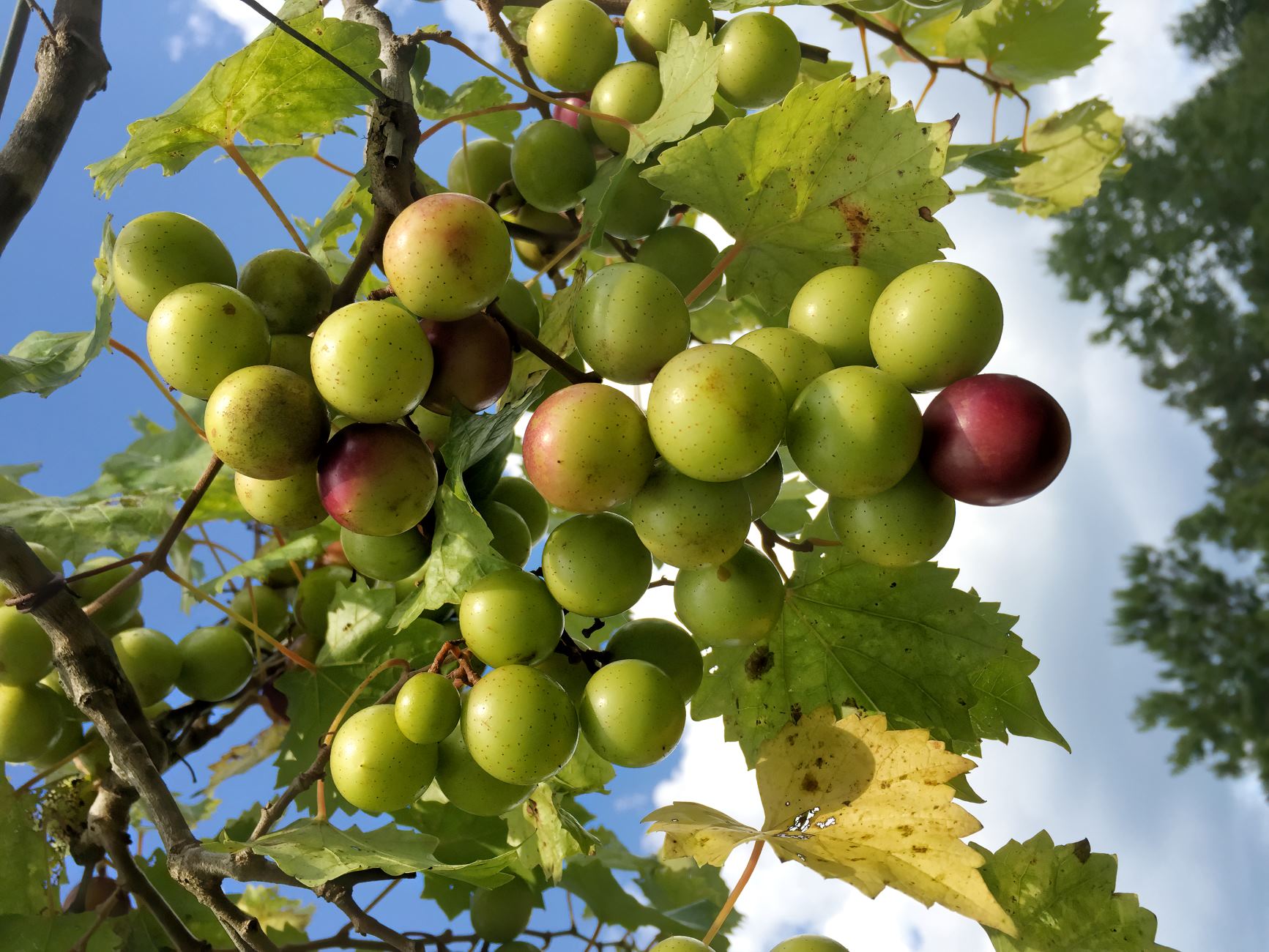
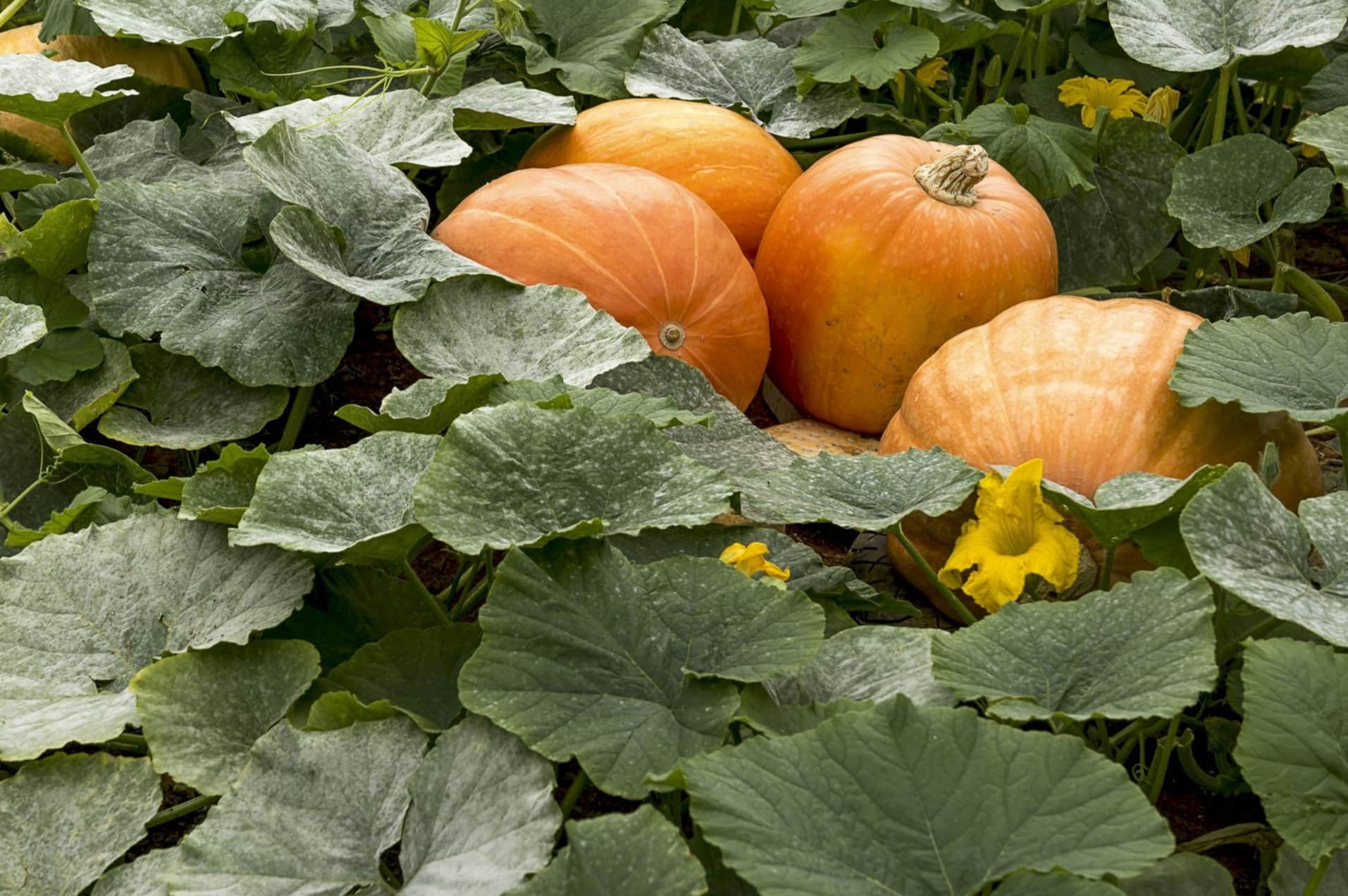
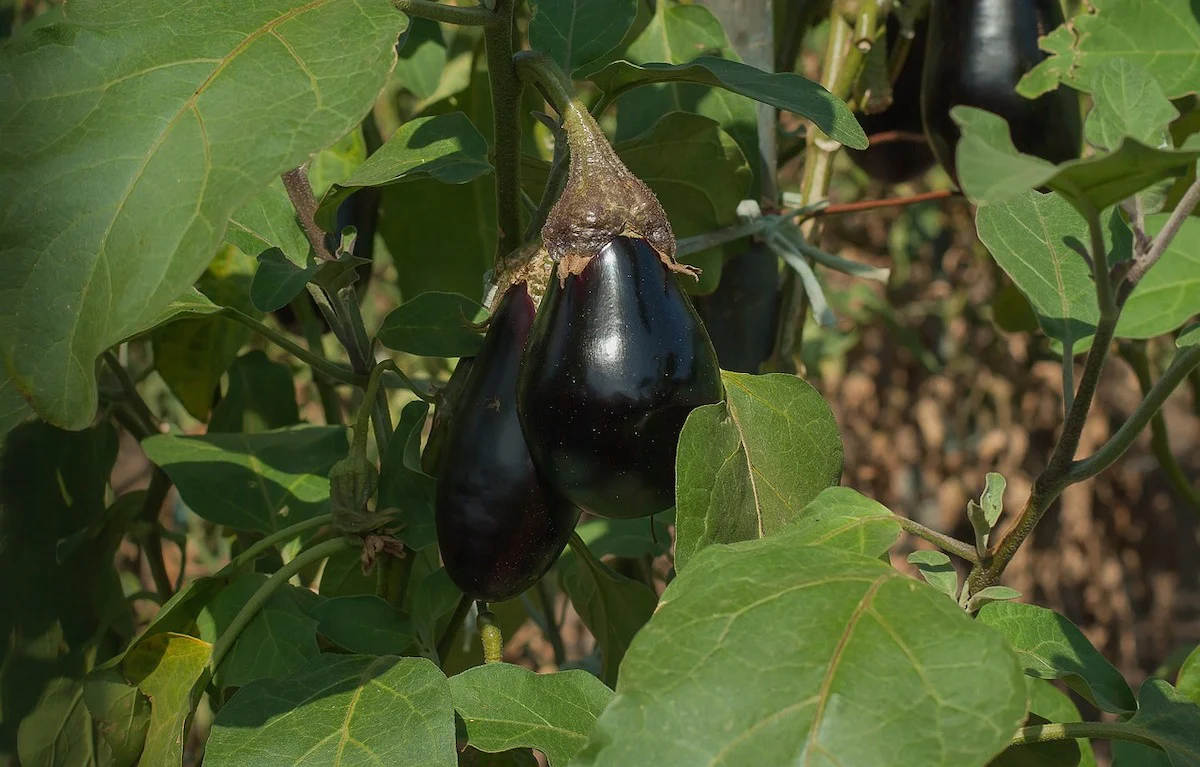
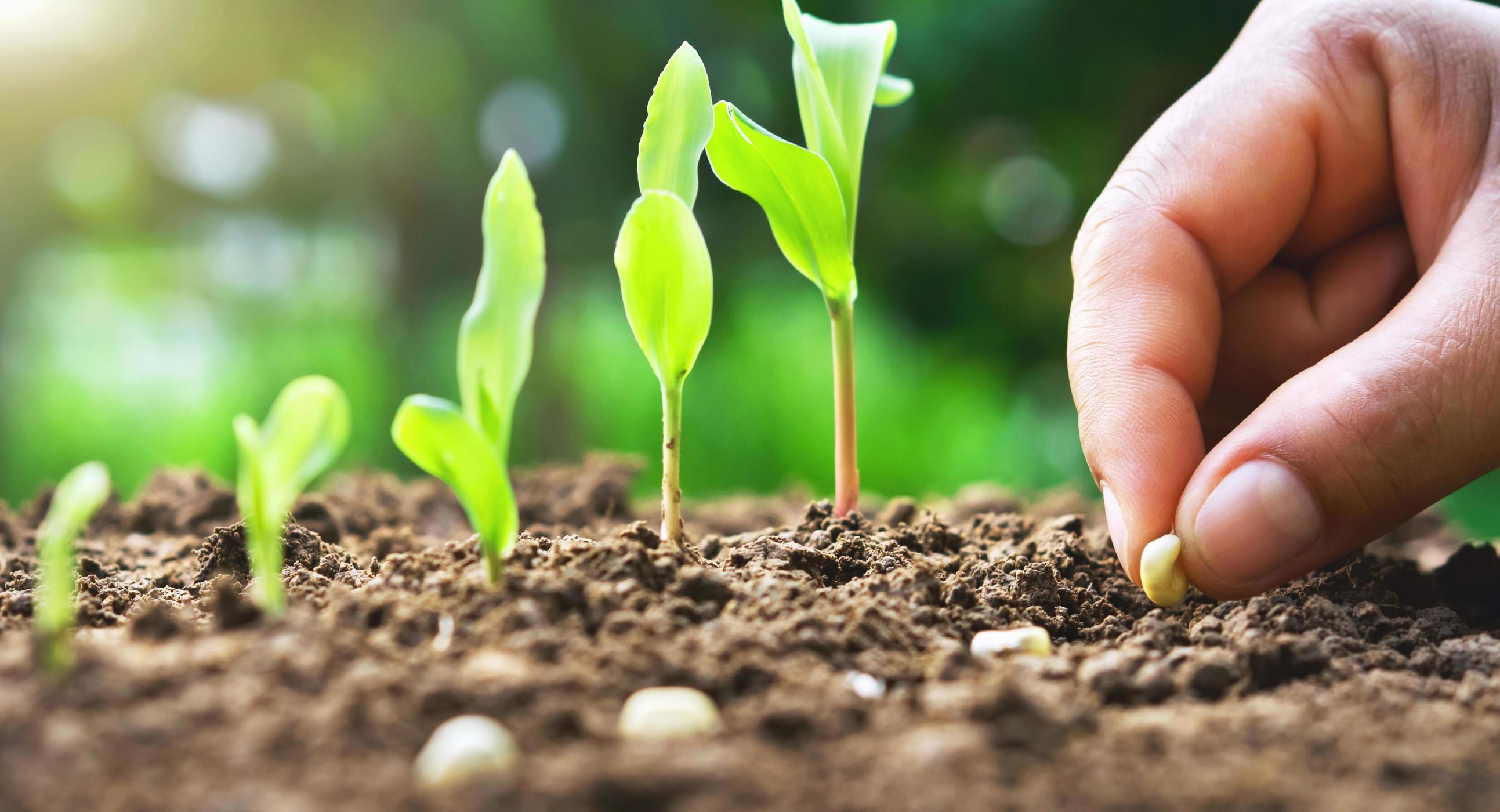
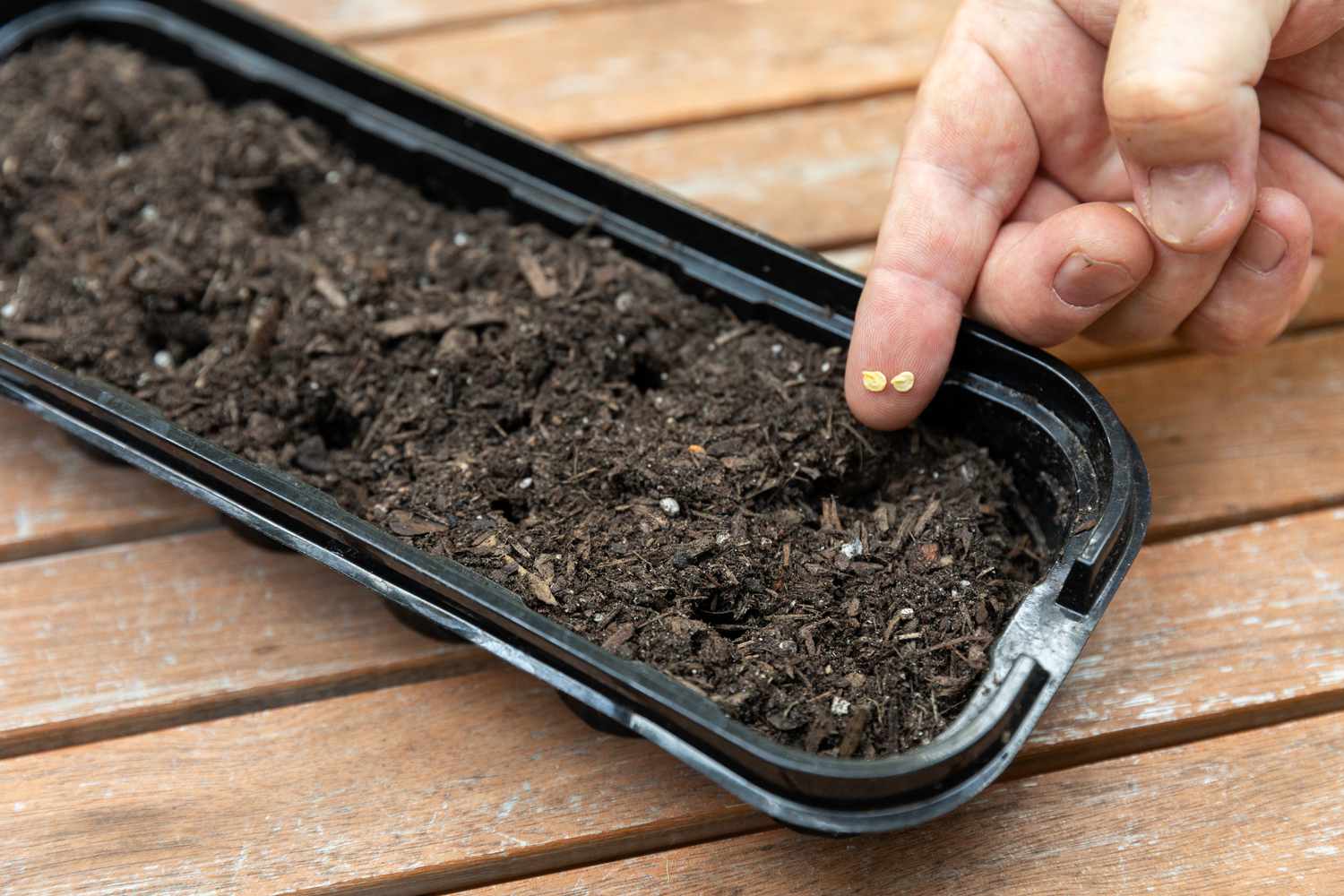
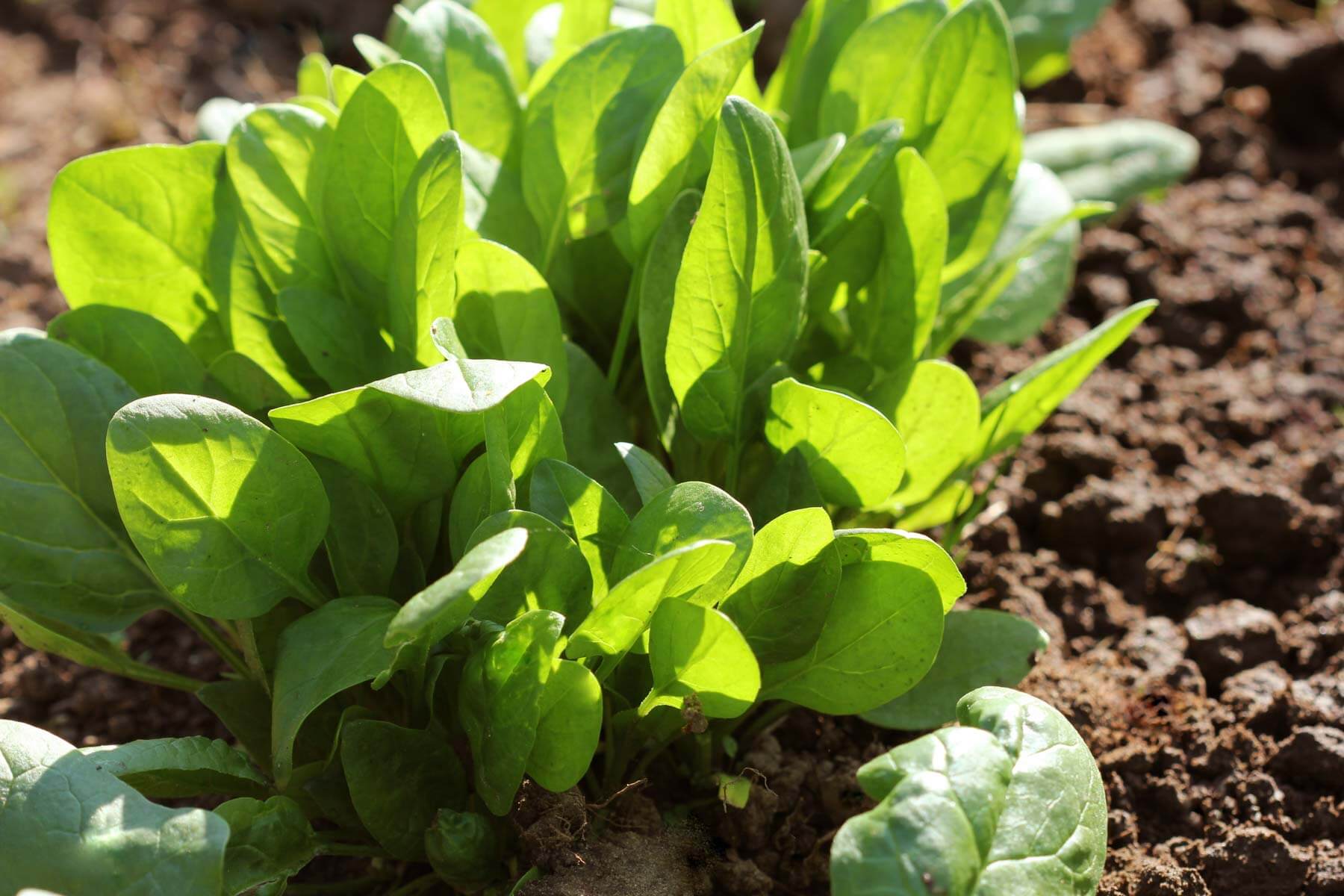
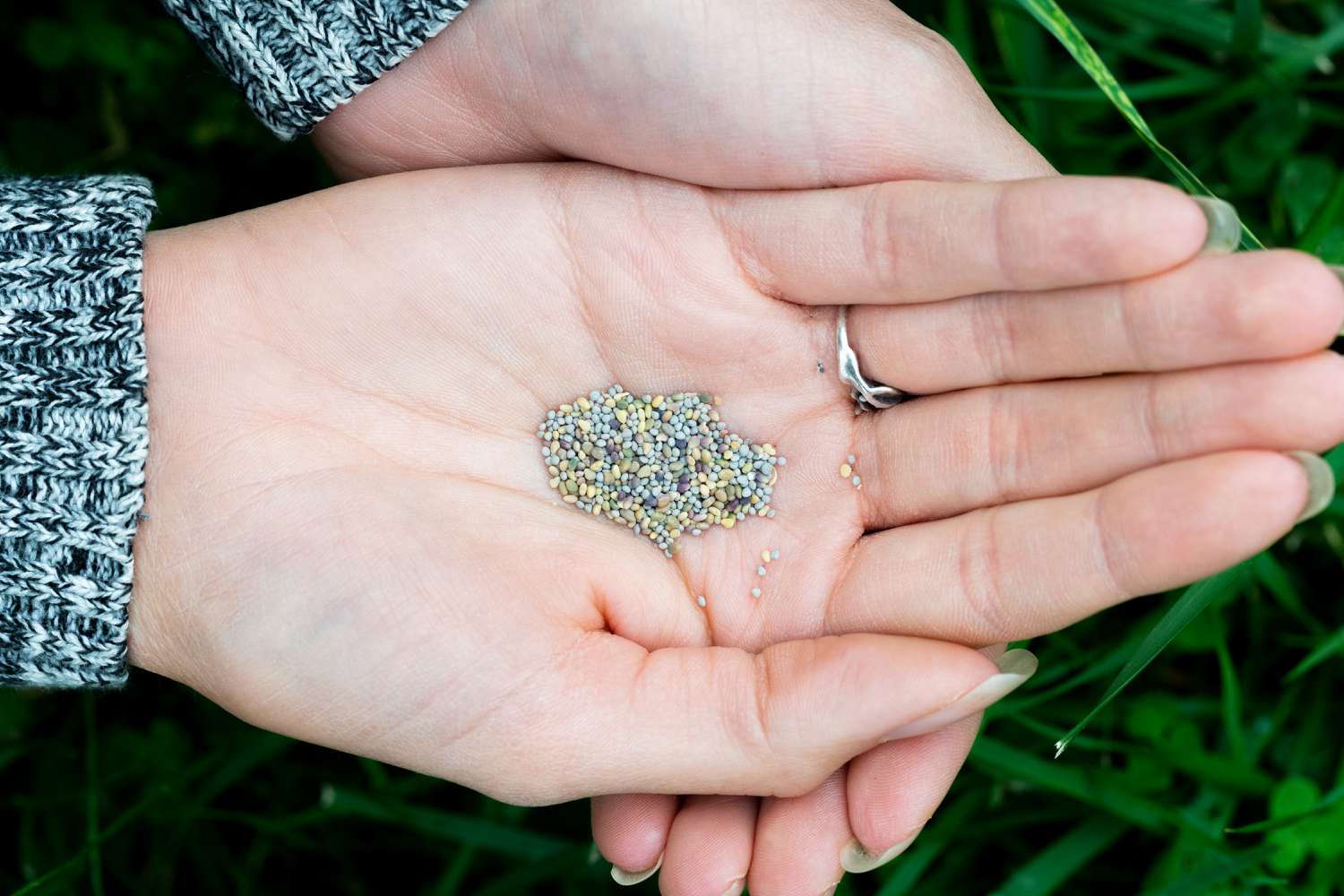
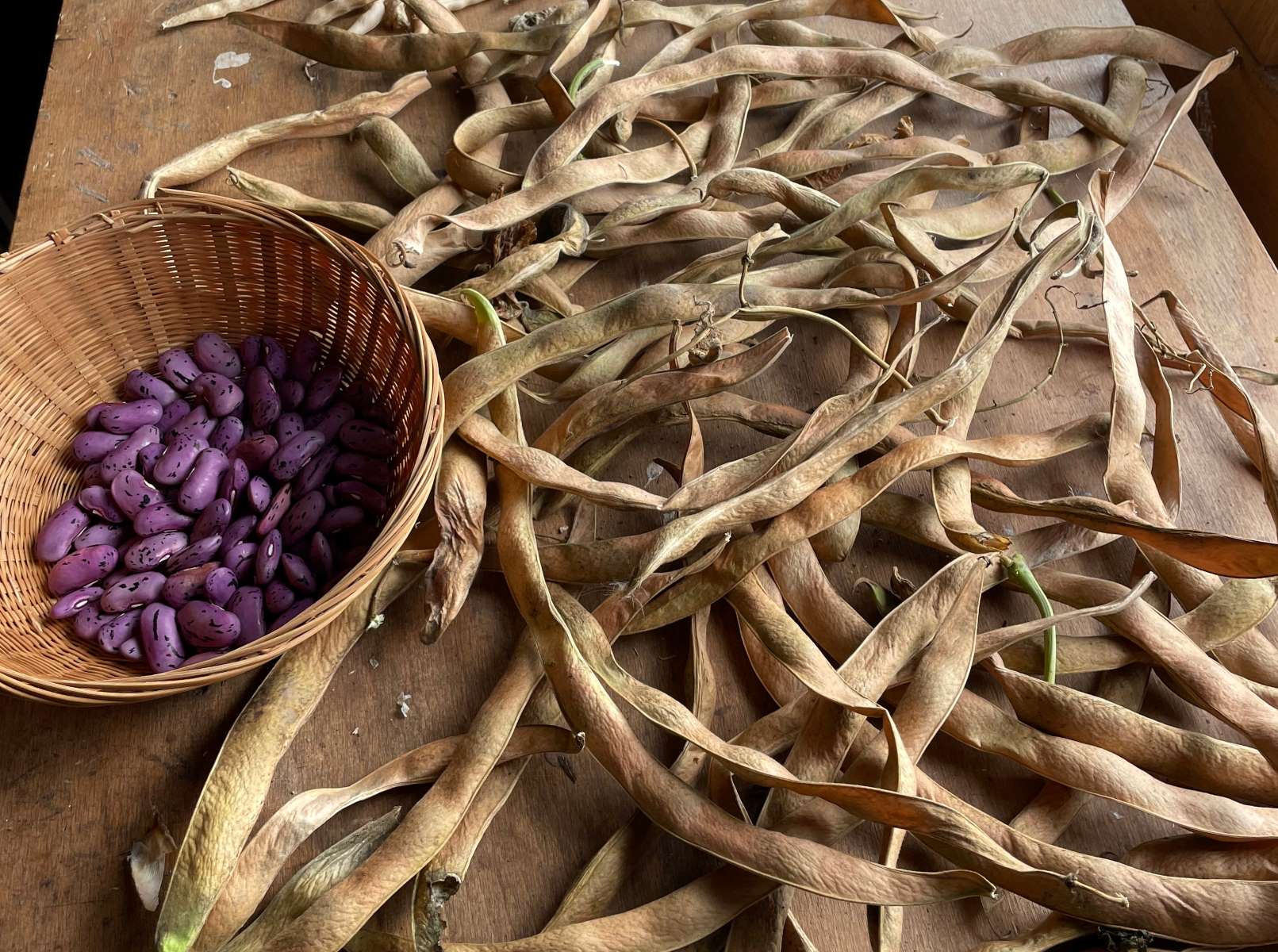

0 thoughts on “How To Plant Honeysuckle Seeds”